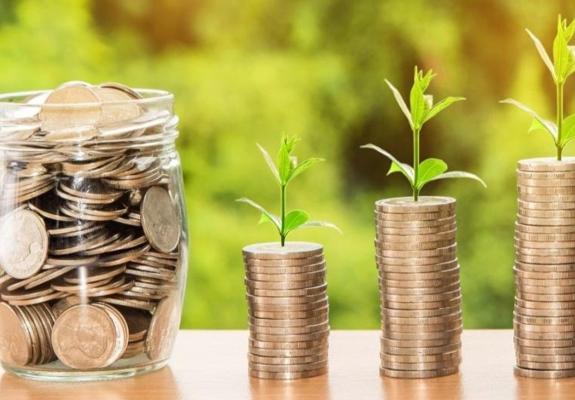The "Age of Electricity" is Coming, Says the IEA
Demand for Oil, Natural Gas, and Coal Is Still Expected to Peak by the End of the Decade.
Before 2030, more than half of the world’s electricity will be produced from low-emission sources, but the development of clean energy will not be uniform worldwide, the International Energy Agency (IEA) said in its 2024 annual report on Global Energy Outlook, released on Wednesday.
"In the history of energy, we have witnessed the Age of Coal and the Age of Oil," said IEA Executive Director Fatih Birol.
"Now we are moving swiftly into the Age of Electricity, which will shape the global energy system of the future, increasingly relying on clean electricity sources," he emphasized.
The report indicates that clean energy is "entering the energy system at an unprecedented pace," with 560 gigawatts (GW) of renewable energy capacity being added in 2023.
According to the Paris-based agency, nearly $2 trillion in investments are flowing into clean energy projects annually, almost double the amount spent on fossil fuel supply.
"Along with nuclear power, which is seeing renewed interest in many countries, low-emission sources are expected to generate more than half of the world's electricity before 2030," the report underscores.
"Regional conflicts and geopolitical tensions highlight significant vulnerabilities in the current global energy system, making it clear that stronger policies and larger investments are needed to accelerate and expand the transition to cleaner and more secure technologies," according to the IEA report.
It also notes that the report outlines the "critical choices facing governments and consumers as the era of more abundant supplies approaches, and increasing electricity demand reshapes energy security."
However, the IEA notes that clean energy development "is far from uniform across all technologies and countries."
It adds that the growing thirst for electricity is driven by industry, electric vehicles, air conditioning, and data centers linked to the surge in artificial intelligence.
Despite the "growing momentum behind the clean energy transition," the IEA states that the world "remains far from a path aligned" with the goal of becoming carbon-neutral by 2050.
The target of net-zero emissions is crucial for achieving the Paris Agreement's aim of limiting global warming to 1.5 degrees Celsius above pre-industrial levels.
The IEA report comes a month before Azerbaijan hosts the annual UN climate conference, COP29, in Baku from November 11 to 22.
At COP28 in Dubai last year, nations pledged to triple renewable energy capacity by 2030 and move away from fossil fuels.
The IEA reports that renewable energy capacity will increase from 4,250 GW today to nearly 10,000 GW by 2030, as costs decline for most clean technologies.
Additionally, the IEA warns that global carbon dioxide emissions are set to peak "imminently," but current policies still leave the world on a path toward a 2.4-degree Celsius rise in average temperature by 2100.
"2024 has shown that electricity demand is insatiable," said Dave Jones, director of the global insights program at the energy think tank Ember.
"This means that global coal production will decrease at a slower rate than previously expected," he noted.
He adds that this shows the world has not yet moved away from fossil fuels and has not reduced carbon dioxide emissions in the energy sector.
Despite record growth in clean energy, two-thirds of the increase in global energy demand last year was covered by fossil fuels, the IEA points out.
Energy-related carbon dioxide emissions hit another all-time high in 2023.






